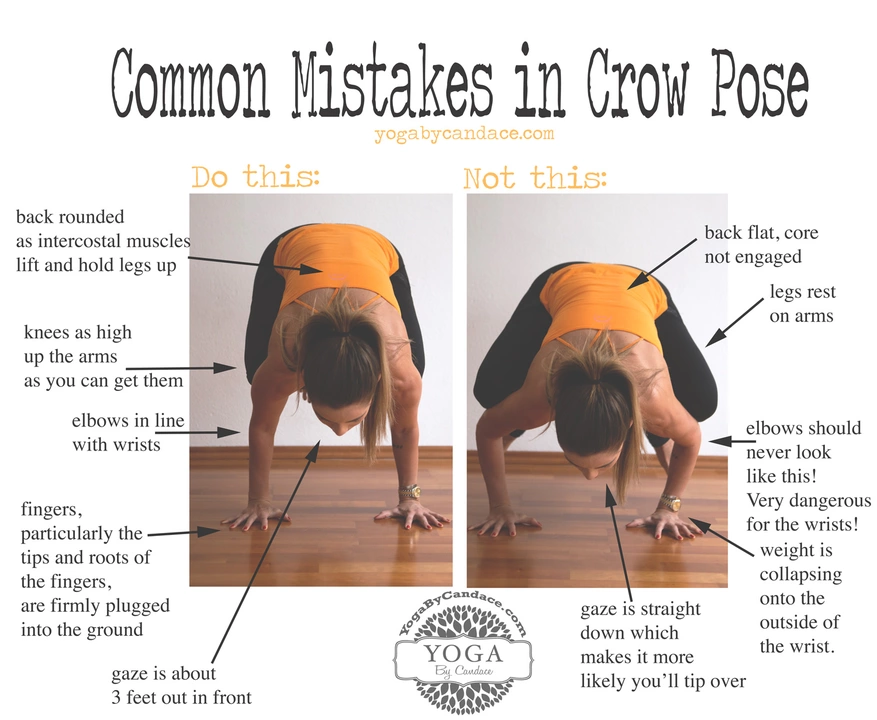Knee Stability: Yoga Tips to Strengthen and Protect Your Knees
Worried about wobbly knees or discomfort during practice? Knee stability matters for everyday movement and for doing yoga safely. You don’t need fancy equipment—just a few clear alignment cues, simple strength moves, and smart modifications to keep your knees steady and pain-free.
Start with the basics: alignment. When you bend or load a knee, track the line from your hip to your second toe. Imagine the knee staying between the foot’s center and the hip. If the knee collapses inward or shoots too far forward, ease back. Tiny shifts in foot position or hip rotation often fix it.
Build strength with easy, targeted moves
Strong muscles around the knee—quads, hamstrings, glutes—act like natural braces. Try these short exercises during your yoga session: wall sits for 30–60 seconds to strengthen quads; bridge lifts for glutes and hamstrings; and slow single-leg balances holding a chair for 20–30 seconds to train stability. Keep movements slow and controlled. Focus on steady breathing to avoid bracing or tensing up.
In standing poses like Warrior I or Chair, bend the knee only as far as you can maintain good alignment. Don’t go deeper to hit a depth you think you should. Depth without control invites pain. Use a short block or strap under the heel or behind the knee if you need support.
Safe modifications you can use right away
If a pose strains your knee, change the angle. For lunges, slide the back knee down and pad it with a folded blanket. For deep knee bends, keep feet hip-width rather than narrow—this reduces inward collapse. When kneeling is uncomfortable, practice poses on your back or use props so the knee never fully bears weight.
Pay attention to how your knee feels during and after class. Mild muscle tiredness is normal; sharp or persistent pain is not. If pain lasts more than a day or gets worse, stop that movement and talk to a physical therapist or doctor. They can check for structural issues that need targeted work.
Consistency beats intensity. Short daily practices that mix gentle strengthening, balance, and flexibility help build durable knees faster than occasional long sessions. Aim for small progress: add five extra seconds to balances, one more bridge lift, or one extra breath in a pose each week.
Finally, use breath and focus to calm compensating tension. When you relax the hips and breathe evenly, the knee often finds better tracking naturally. Practice awareness: notice where your knee wants to move and guide it back to a safe line. That simple habit prevents many problems.
These tips work for most people, whether you’re new to yoga or coming back from a break. Keep it steady, listen to your body, and build strength step by step. Your knees will thank you.
How to prevent my knees from slipping in a crow pose?
In my latest blog post, I discuss the common issue of knees slipping in crow pose and share some useful tips to prevent it. I emphasize the importance of building a strong foundation by warming up the wrists and engaging the core. Additionally, I mention the role of proper hand placement and the use of a towel or mat for added grip. Practicing hip openers and engaging the inner thighs can also help in maintaining stability. Finally, I encourage patience and consistent practice to master this pose without slipping.
